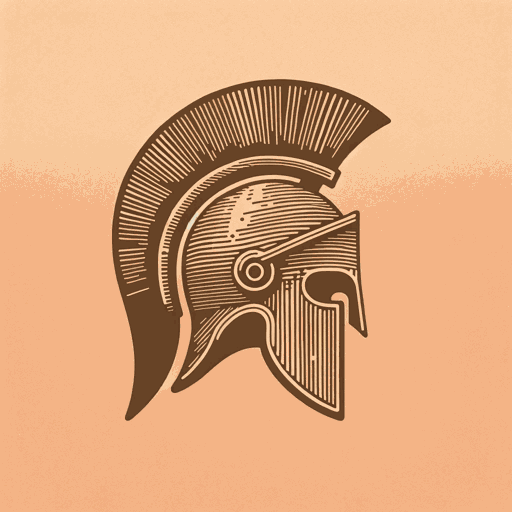39 pages • 1 hour read
Barry StraussThe Trojan War: A New History
Nonfiction | Book | Adult | Published in 2006A modern alternative to SparkNotes and CliffsNotes, SuperSummary offers high-quality Study Guides with detailed chapter summaries and analysis of major themes, characters, and more.
Chapter 2Chapter Summaries & Analyses
Chapter 2 Summary: “The Black Ships Sail”
Hundreds of wooden ships, coated in black pitch, assemble in Aulis’s harbor. Agamemnon is demonstrably the greatest king in Greece. The warlords he assembles in Homer may be fictional but they do accurately represent the Bronze Age approach to war. These expert Spartan sea raiders seek to plunder the wealth of Troy, taking bride and prestige back with them as booty.
An adverse Boreas wind prevents the fleet from sailing and begins to cast a dark cloud over the expedition. To appease the angry goddess Artemis, Agamemnon is said to have consented to the sacrifice of his own daughter, Iphigenia. In some versions of the myth, Artemis saves the girl, substituting a deer in her place. The adverse wind stopped blowing shortly afterward.
The Greeks’ sea power predominates in Homer’s stories. The Mycenaean oared galleys are light and maneuverable. Thucydides (460-397 BCE) calculates that they could carry 102,000 men, while Homer enumerates a modest 50,000. Meanwhile, the Trojans had no navy, specializing instead in cavalry.
Chapter 2 Analysis
Agamemnon may have been six-feet-tall, judging by the skeletons discovered in the royal Mycenean tombs. The average Greek man at the time stood five-foot-five-inches tall, making Agamemnon a giant.

